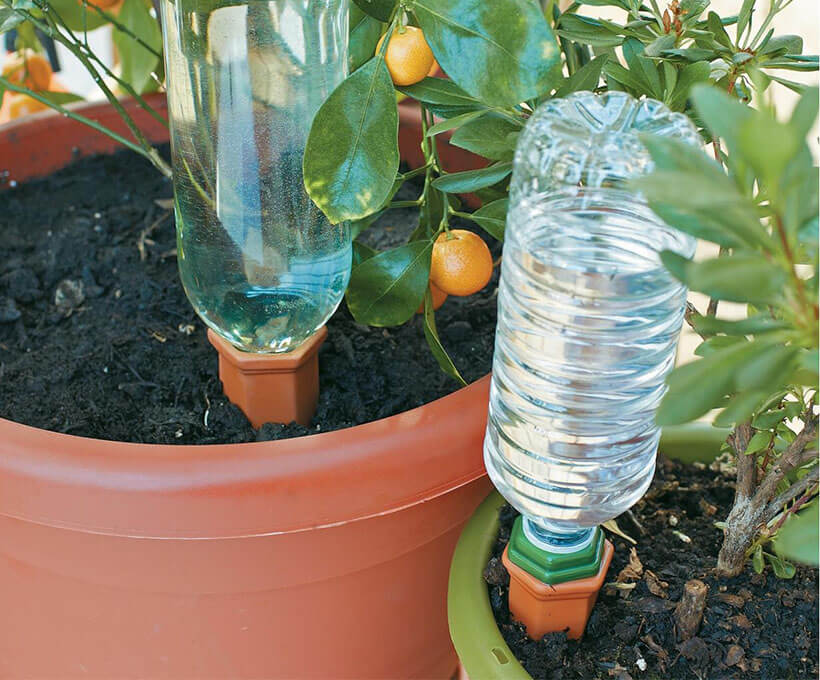So, you’ve noticed that your shed is turning into a mini rainforest of mould? The main reason things are going mouldy in your shed is excess moisture combined with poor ventilation. Let’s dive into what’s causing this issue and how you can tackle it.
The Moisture Problem
First off, moisture is the enemy of a dry, healthy shed. Here are some common culprits:
Humidity Levels
If you live in a humid area, that moisture can seep into your shed. Even if it’s not raining, high humidity can create a damp environment, perfect for mould to thrive.
Leaks and Water Damage
Check for leaks! A small crack or gap in the roof or walls can let in rainwater. Even condensation from temperature changes can lead to water pooling in corners.
Ground Moisture
If your shed is sitting directly on the ground, moisture from the soil can rise up and create a damp atmosphere. This is especially true if your shed isn’t elevated or properly sealed.
Poor Ventilation
Now that we’ve tackled moisture, let’s talk about air circulation.
Lack of Airflow
A shed without proper ventilation traps heat and moisture inside. Without airflow, the dampness just hangs around, creating a perfect breeding ground for mould.
Closed Windows and Doors
If you keep your shed tightly shut, it’s time to rethink that strategy. Opening windows or adding vents can help circulate air and reduce humidity levels.
What Can You Do?
Now that we know what’s causing the mould, let’s talk solutions!
Improve Ventilation
Adding vents or keeping windows open (when possible) will help keep air moving. You could also consider installing a small fan to boost circulation.
Use Dehumidifiers
If humidity is a big issue in your area, investing in a dehumidifier might be worth it. It’ll help suck out that excess moisture and keep things dry.
Regular Maintenance
Make it a habit to check on your shed regularly. Look for signs of mould or moisture and address them before they become bigger problems.
Summary
Mouldy sheds are usually due to excess moisture and lack of ventilation. By understanding these factors and taking some simple steps—like improving airflow and reducing humidity—you can keep your shed in tip-top shape. Don’t let mould take over; tackle those damp conditions head-on!
FAQ
How can I tell if my shed is too humid?
You might notice condensation on surfaces, a musty smell, or visible mould growth. If you feel sticky or uncomfortable inside, that’s a good sign it’s too humid!
What materials are most prone to mould?
Wood, cardboard, and fabric are particularly susceptible to mould growth when exposed to moisture. If you store these materials in your shed, be extra cautious!
Can I clean mould off my belongings?
Yes! You can clean most surfaces with a mixture of water and vinegar or a commercial mould remover. Just make sure to dry everything thoroughly afterward!
Is it safe to store food items in my shed?
Generally, it’s not recommended. The conditions that promote mould growth can also attract pests and spoilage, so keep food items out of the shed for better safety.



